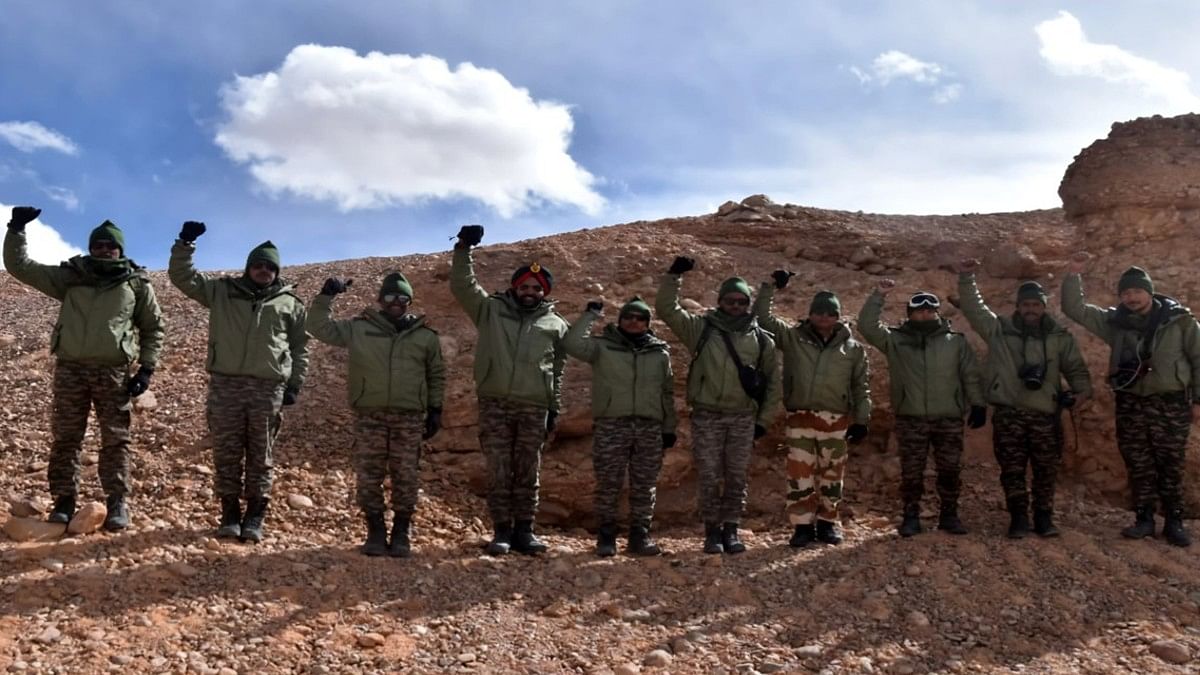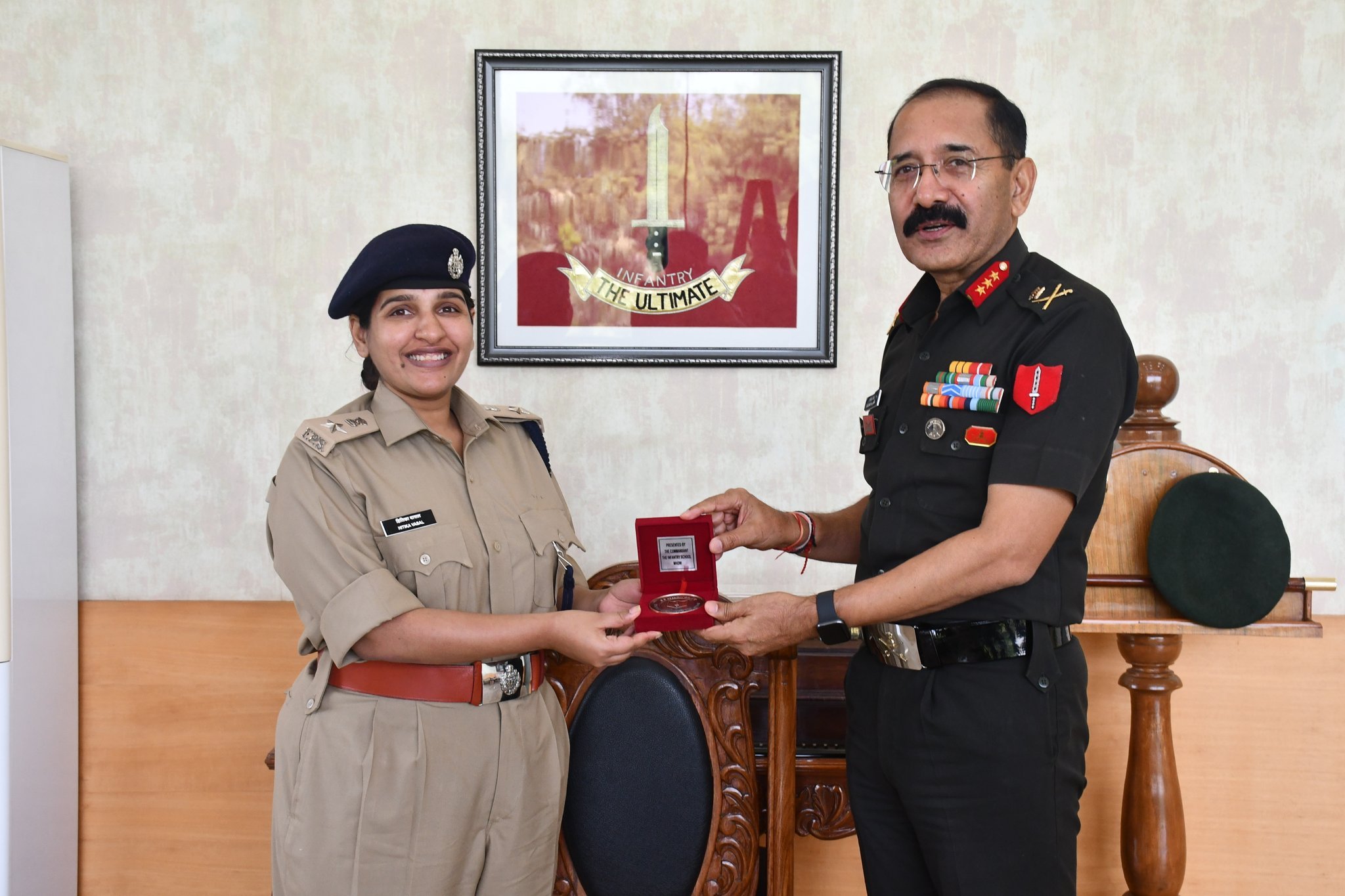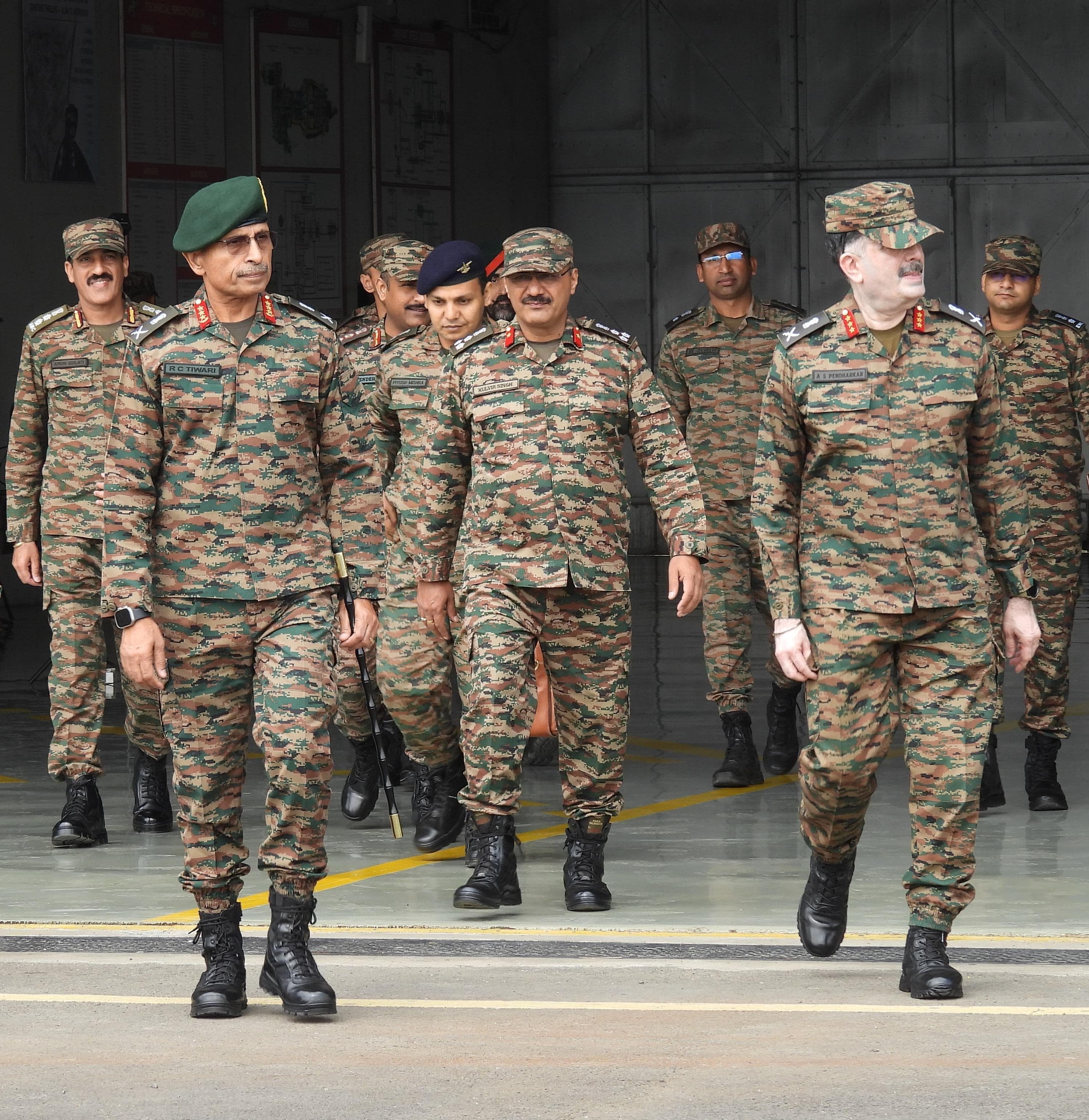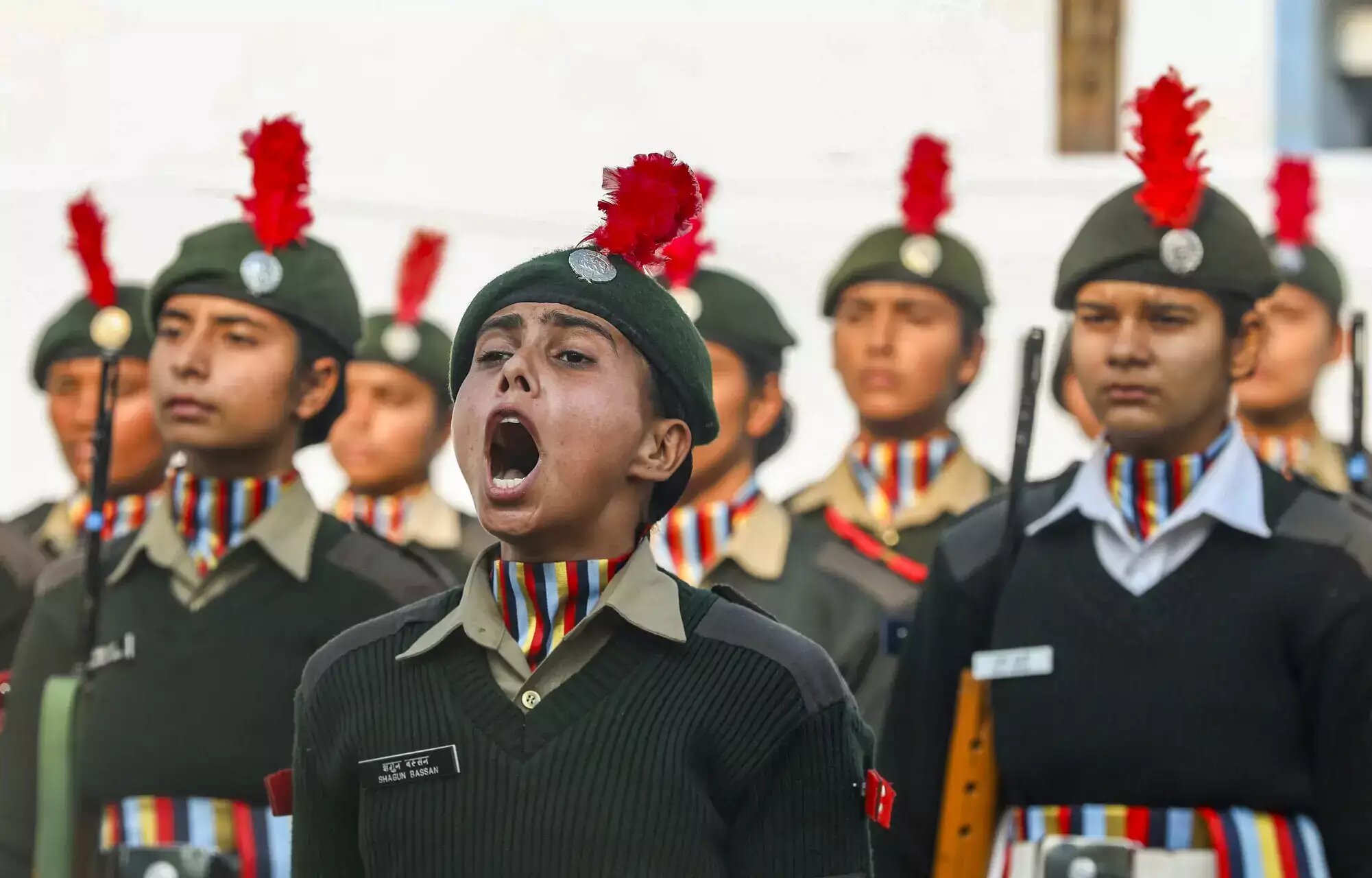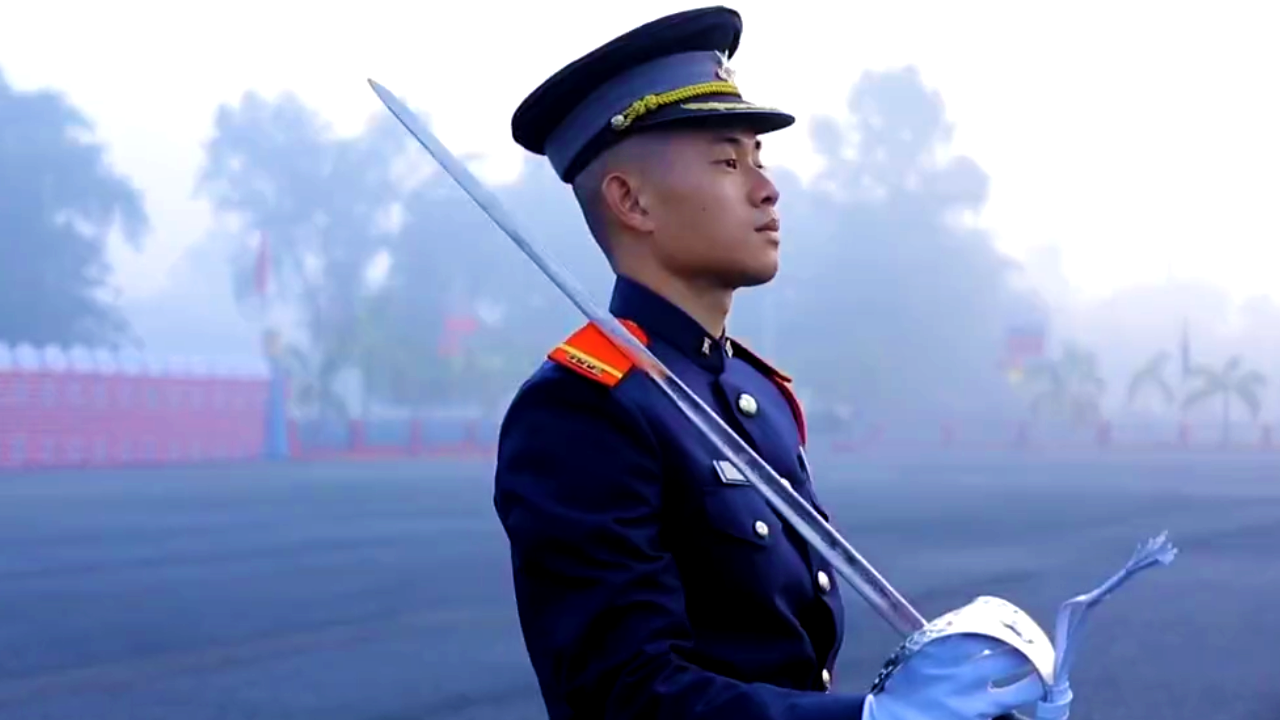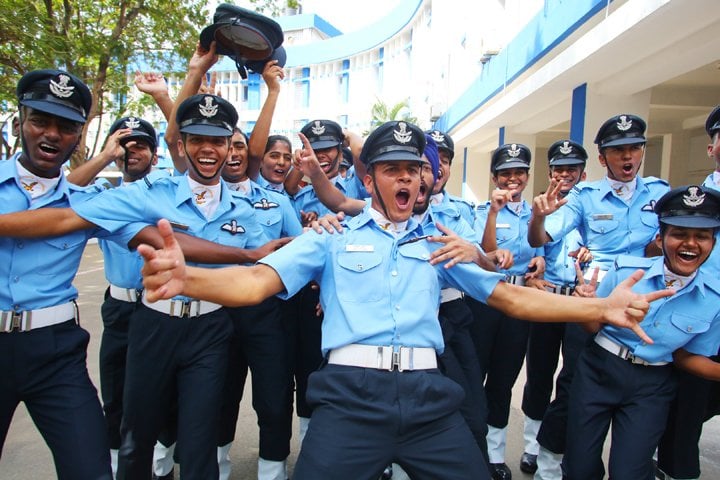Indian troops have successfully completed their first round of patrols in the Depsang Plains, specifically reaching the critical patrolling point PP13. This development follows the resumption of patrols on November 5, marking the culmination of negotiations between Indian and Chinese forces that took place at the end of the previous month.
On the day of the initial resumption, Indian soldiers were able to patrol only up to PP10, with restrictions on further movements to ensure mutual confidence-building. The agreement stipulated that patrols would proceed slowly, with both sides deciding to cover only one or two specific patrolling points at a time.
In a noteworthy display of adaptability, a group of 15 personnel, which included members from both the Indian Army and the Indo Tibetan Border Police (ITBP), mounted Zanskari horses to navigate the rugged terrain of the Depsang Plains. The decision to use these small mountain horses was necessitated by the area’s challenging topography, particularly the “bottleneck” zone in the Burtsa Nala Valley that restricts vehicle movement.
According to the agreement, the patrols are subject to timing constraints, specifically prohibiting stops for more than 15 minutes. During their mission, Indian troops successfully reached PP13, documenting their location with GPS devices and capturing photographs before returning.
While no Chinese personnel were present during the Indian patrols, both sides maintained surveillance of each other using various monitoring systems, including drones. Following the recent agreement, the Chinese troops have dismantled their posts in the “bottleneck” area and the adjacent “Y Junction,” relocating their positions further back while still remaining within India’s perceived boundaries of the Line of Actual Control (LAC).
The geographical nuances in this area complicate the situation; the patrolling points are positioned approximately 150 meters shy of the stipulated “limit of patrolling,” which itself is located several kilometers away from the contested LAC. Additionally, Chinese posts have been established about 2.7 kilometers beyond India’s patrolling points.
In further developments, External Affairs Minister S. Jaishankar addressed the Lok Sabha, indicating that the disengagement agreement concerning Depsang and Demchok lays the groundwork for more extensive discussions on de-escalation and enhanced bilateral relations. Emphasizing the importance of maintaining peace and tranquility in border regions, Jaishankar noted that future discussions would focus on both de-escalation strategies and efficient management of activities within these sensitive areas.

